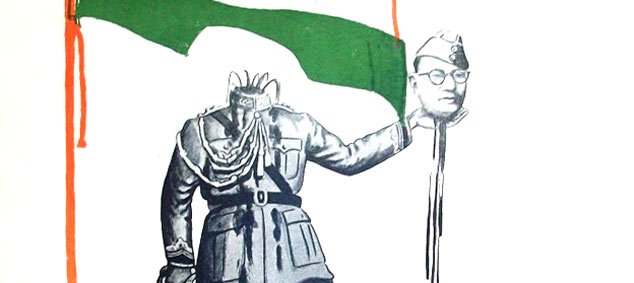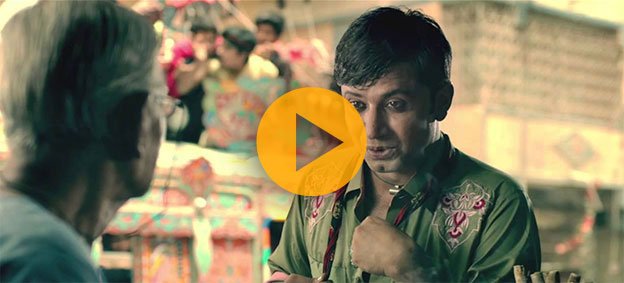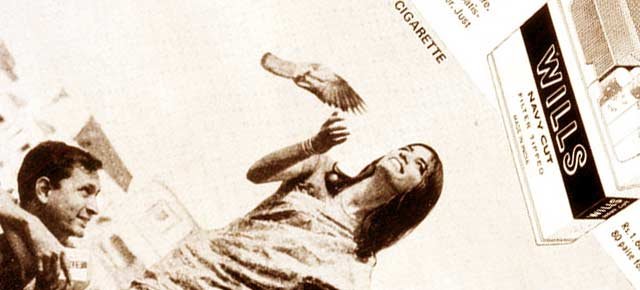The art of poster art is slowly fading away. What we have now are mostly half-funny memes, that for most of the time don’t make any sense to me (I too occasionally create a few).
Today is Netaji Subhas Chandra Bose’s 117th birth anniversary, and I had saved this poster from the 1940s – a time when Kanpur was still Cawnpore – for this day to post on Cutting the Chai.
I assume that eight decades ago the sensibilities of the public were different from what it is now. This poster is obviously inpired by the myth of Chhinnamasta, one of the ten major forms of Hindu goddess Kali, who holds her own self-decapitated head in one hand.
The blood from Netaji’s severed head splatters on a map of India with the words “Jai Hind” (the Indian National Army’s battle cry) written in bold letters and lifeless heads lie around his feet. The text below the image says, “सुभाष चन्द्र बोसे कि अपूर्व भेट” (Subhash Chandra Bose’s unique gift).
This poster printed at National Press, Cawnpore was published by Shyamsundar Lal Agrawal from Chowk, Cawnpore.
An excerpt from a post I had written eight years ago:
‘Netaji’ – a name which might rank as one of the most common prefixes for youth clubs. The locality where I grew up, also had its fair share of ‘Netaji Clubs,’ and two portraits adorned the sitting room wall of the Bengali families – Rabindranath Tagore and Netaji Subhash Chandra Bose. January 23 every year was the big day. On that shivering cold winter morning, year after year, we kids were wide awake well before dawn. As the prabhat pheri (literally morning walk, but not exactly) did its rounds along the winding roads of the city, the chant “Netaji tumi phire esho (Netaji you come back),” sounded almost a plead. The mystery surrounding his death gave him a different stature and different versions did their regular rounds. The conspiracy theories were especially interesting and almost convincing.





